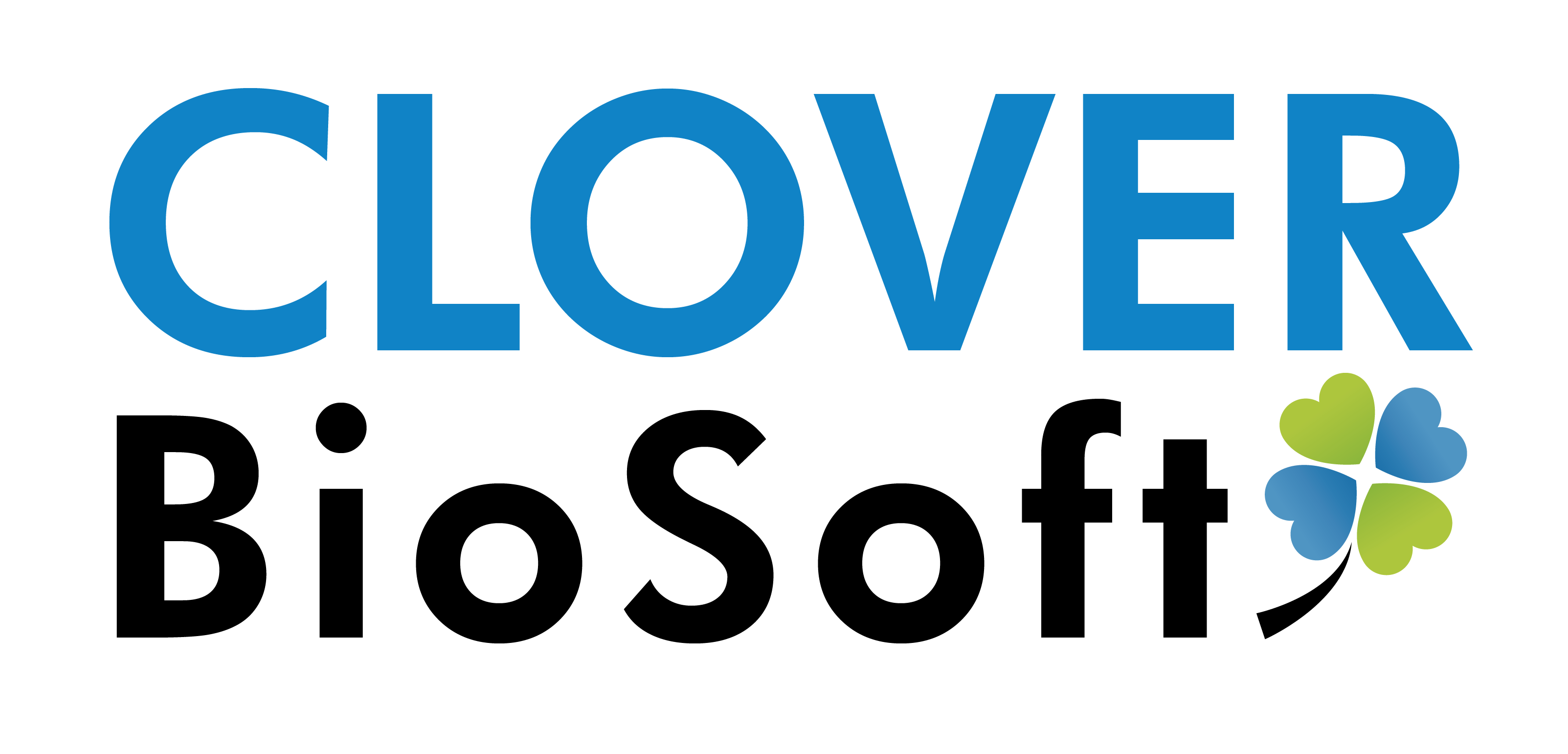Authors: Manuel J. Arroyo Pulgar, Verónica Sánchez Mercado
Listeriosis is an infection caused by a pathogenic bacterium called Listeria monocytogenes. Is one of the most virulent foodborne pathogens and in hight-risk individuals like pregnant women, older adults and people whose immune systems are compromised. In these population, the infection can be mortal and, in the particular case of pregnant women, can result in abortion of the non-born.
This summer, this bacteria has gained relevance due Spanish Ministry of Health have registered more than 200 listeriosis cases in this country, 3 of whom have died unfortunately, most of these cases are in Seville (Andalusia,) in the south of the peninsula. The focus of these infections has been caused by a tainted meat produced in Seville (with another probably recently focus in a different kind of meat in Cadiz) which is marketed in several regions of this country. Usually, healthy people aren´t infected by listeria monocytogenes, however this contaminated meat had enough infective dose to provoke it.
At this point, how can MALDI-TOF technology help in these cases? Usually hospital´s laboratories diagnose this infection by molecular tests like PCR or by cultivation methods which long incubation times are needed.
Recently, a few researchers have shown the advantages of using mass spectrometry as a simple, automated and accurate methodology for the diagnosis of listeria, resolving some of the conventional technique’s disadvantages.
Jadhav et al., for example, worked with L. monocytogenes isolated, obtained from different sources, using different growth media. The results obtained with MALDI-TOF showed a good correlation with the reference method, also studying potential biomarkers to identify the source of the isolates [1]. The using of this technology isn’t only restricted to identify the genre of listeria otherwise is able to differentiate between species of this bacteria [2].
To summarize, MALDI-TOF mass spectrometry could be a powerful and reliable tool to replace the routine and tedious techniques used in cases like this and it would help to reduce the time and costs.
REFERENCES:
[1] Jadhav S, Gulati V, Fox EM, et al. Rapid identification and source-tracking of Listeria monocytogenes using MALDI-TOF mass spectrometry | Int J Food Microbiol 2015;202:1-9. | doi:10.1016/j.ijfoodmicro.2015.01.023
[2] Thouvenot P, Vales G, Bracq-Dieye H, et al. MALDI-TOF mass spectrometry-based identification of Listeria species in surveillance: A prospective study | J Microbiol Methods 2018;144:29-32 | doi:10.1016/j.mimet.2017.10.009
[3] Böhme K, Caamaño Antelo S, Fernández-No IC, et al. Detection of Foodborne Pathogens Using MALDI-TOF Mass Spectrometry | In: Antimicrobial Food Packaging | Elsevier Inc. 2016:203-214 | doi:10.1016/B978-0-12-800723-5.00015-2
